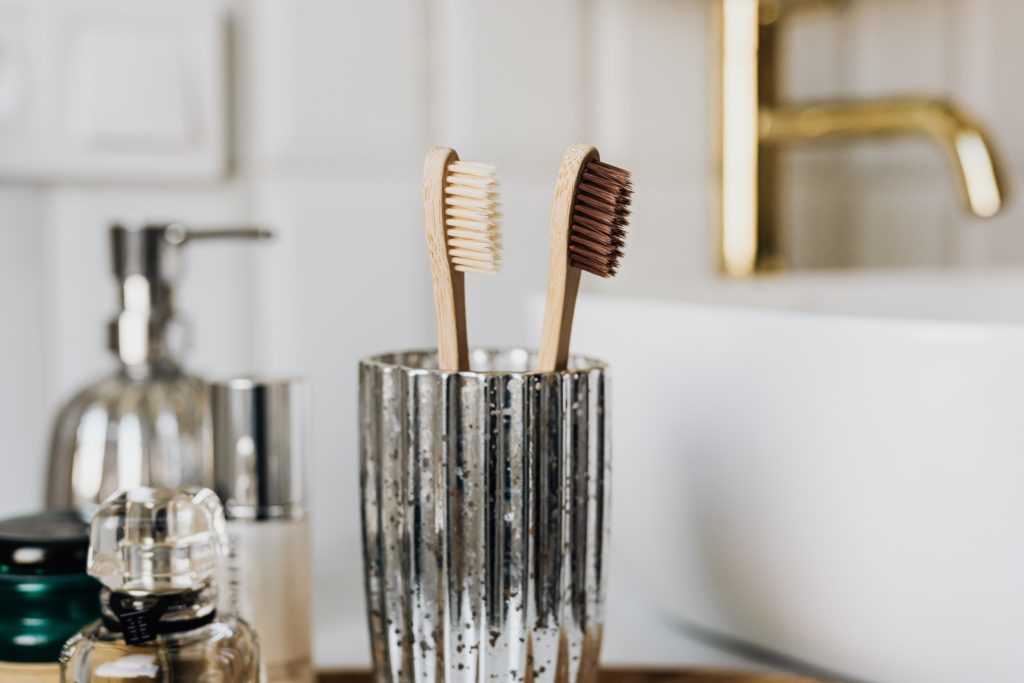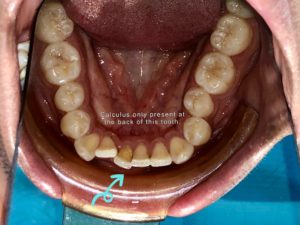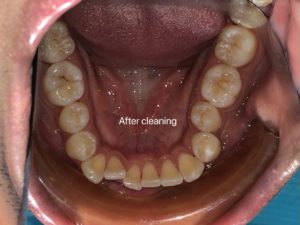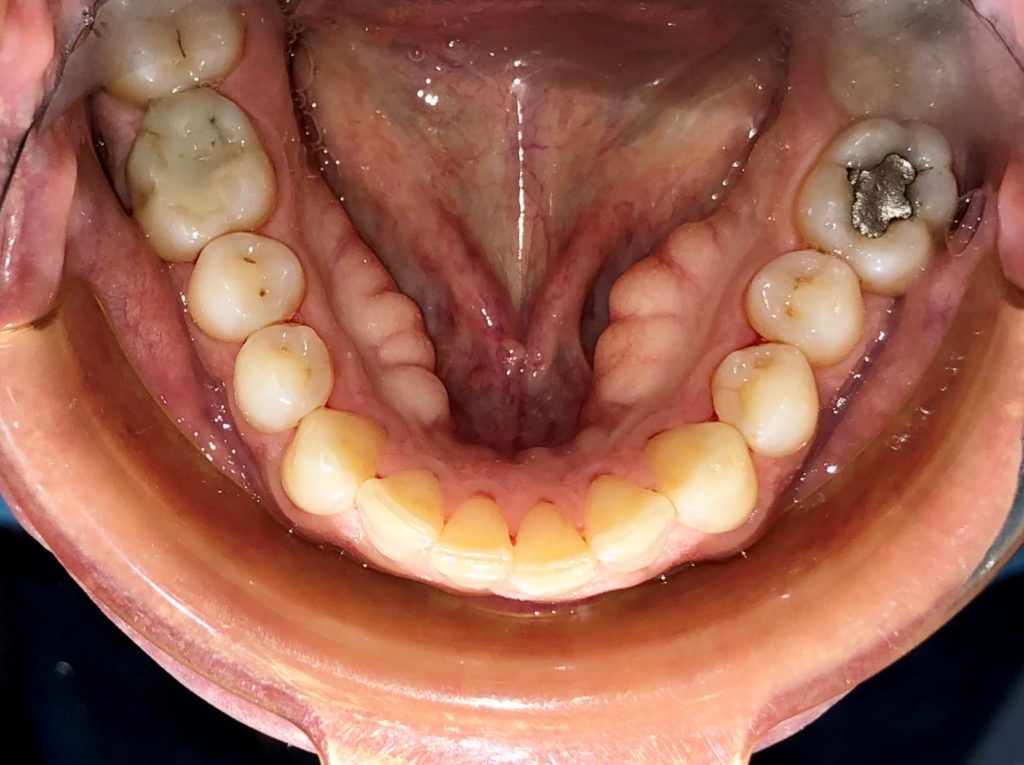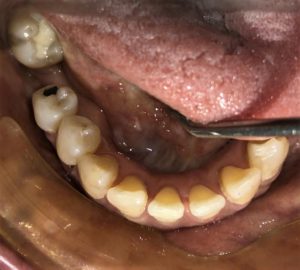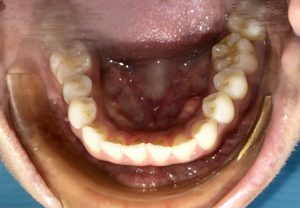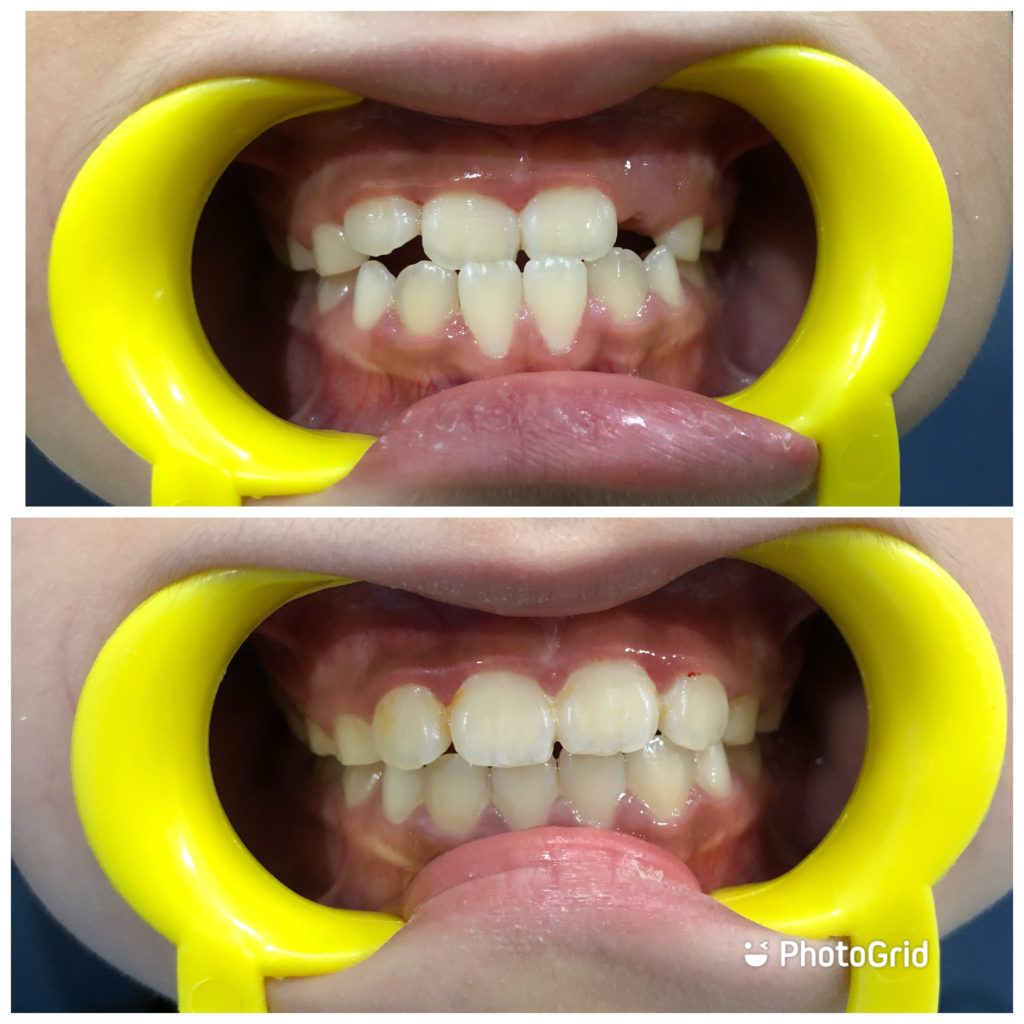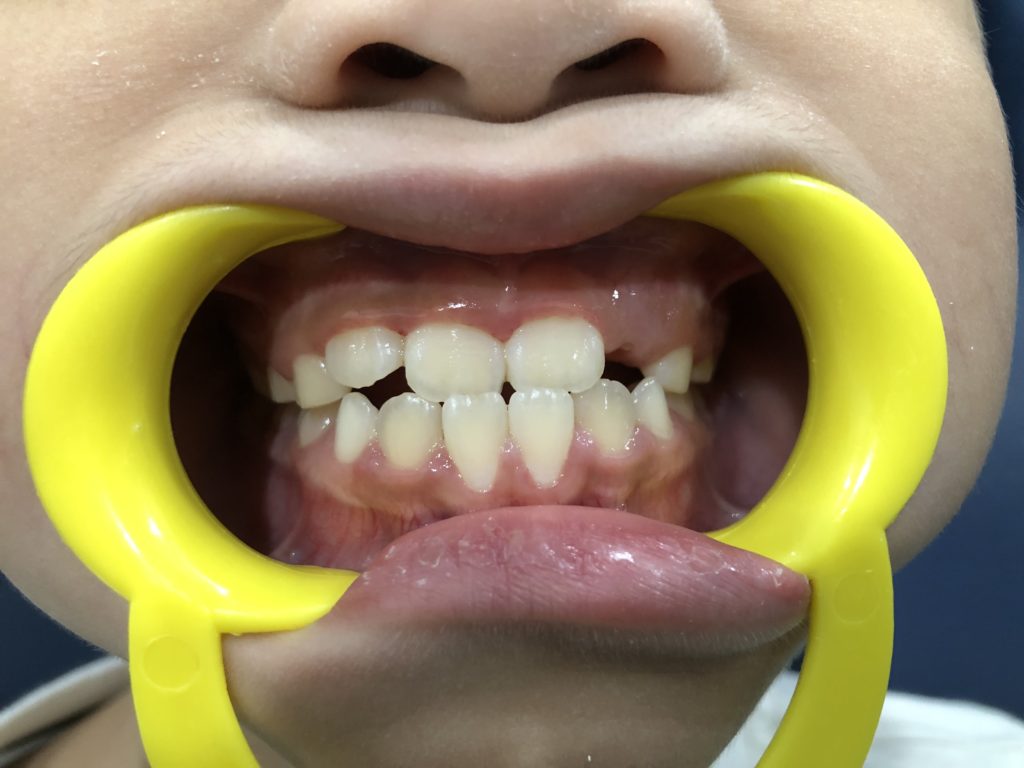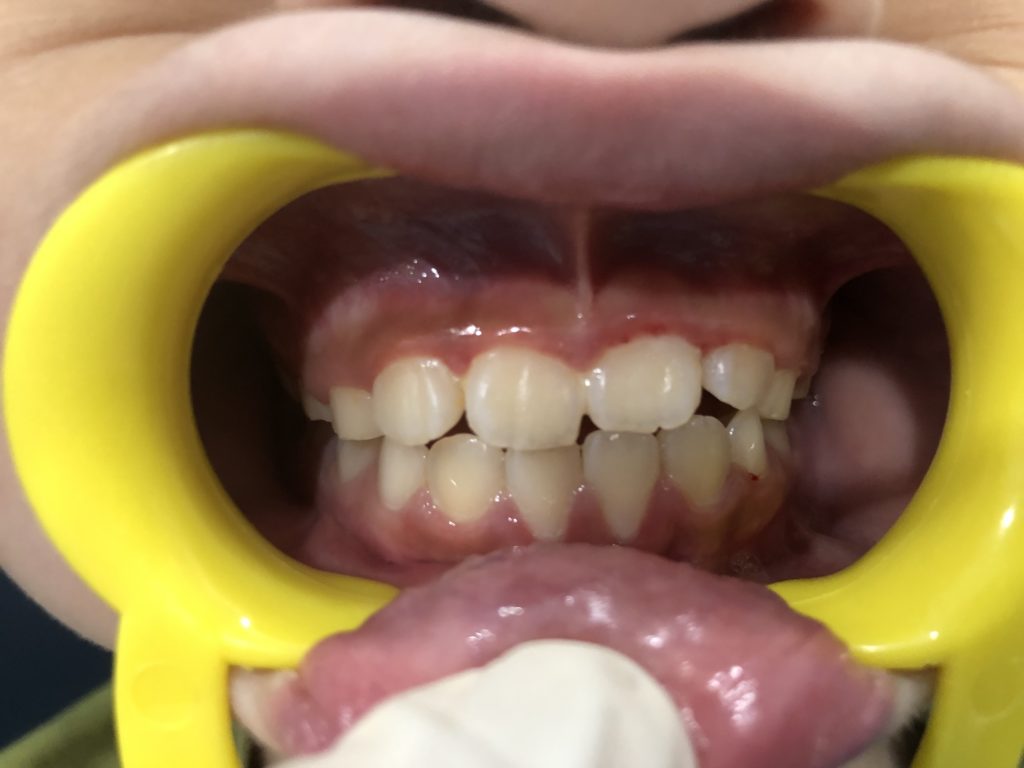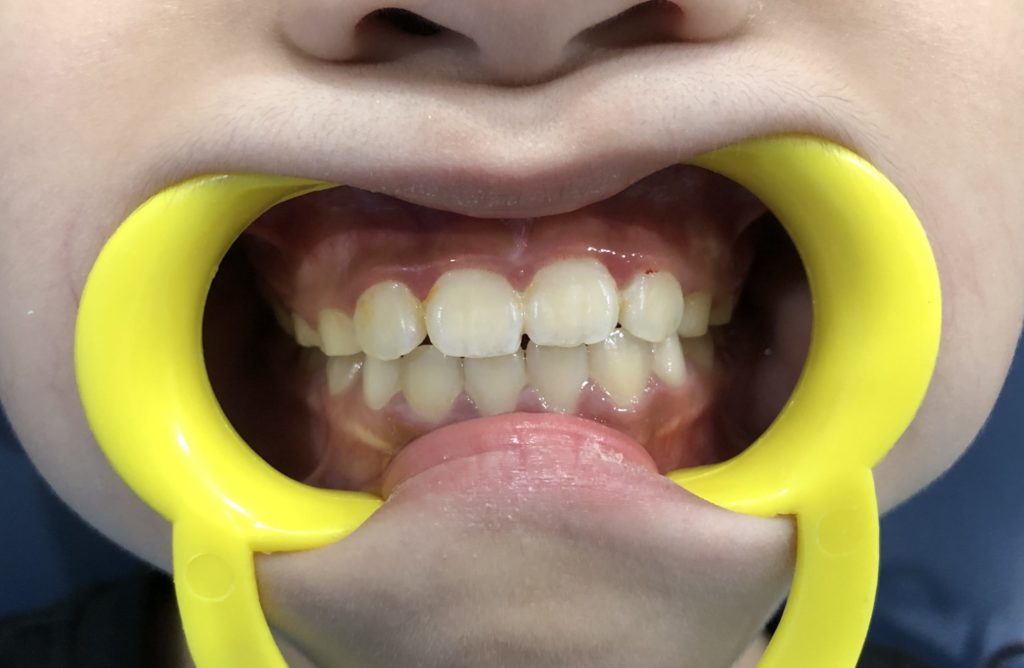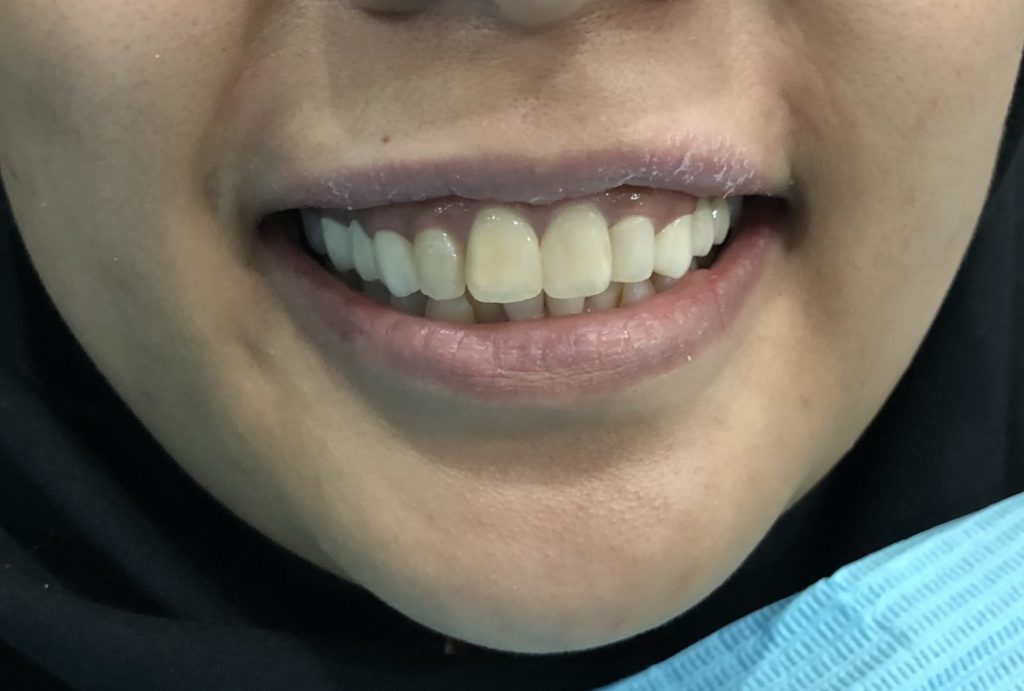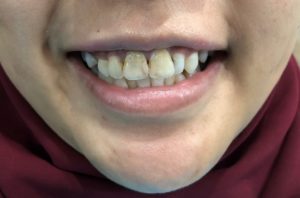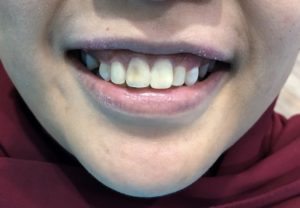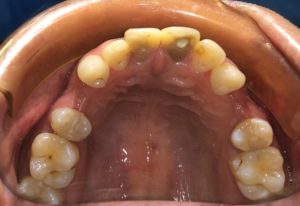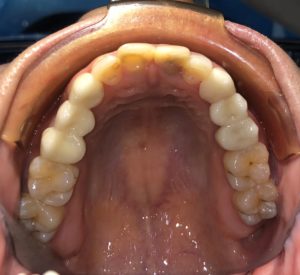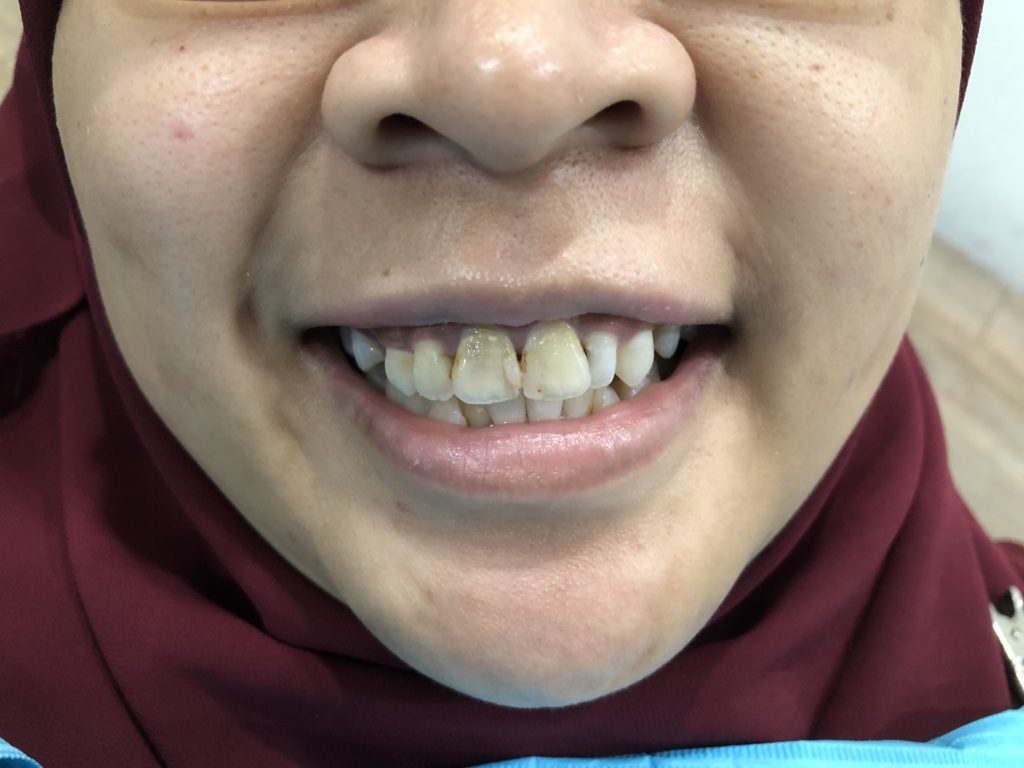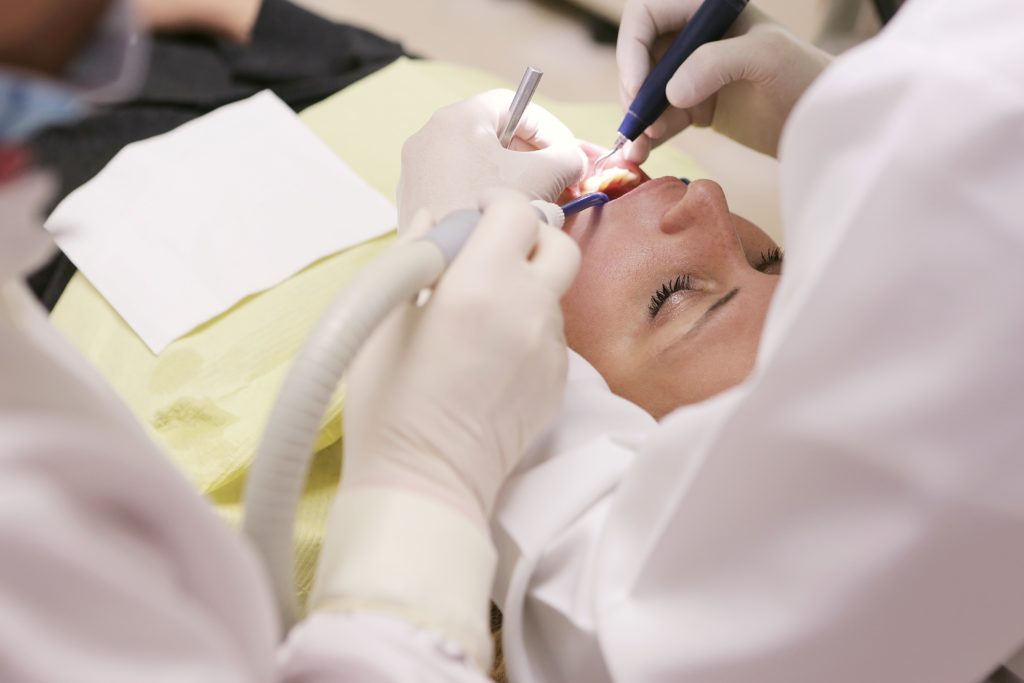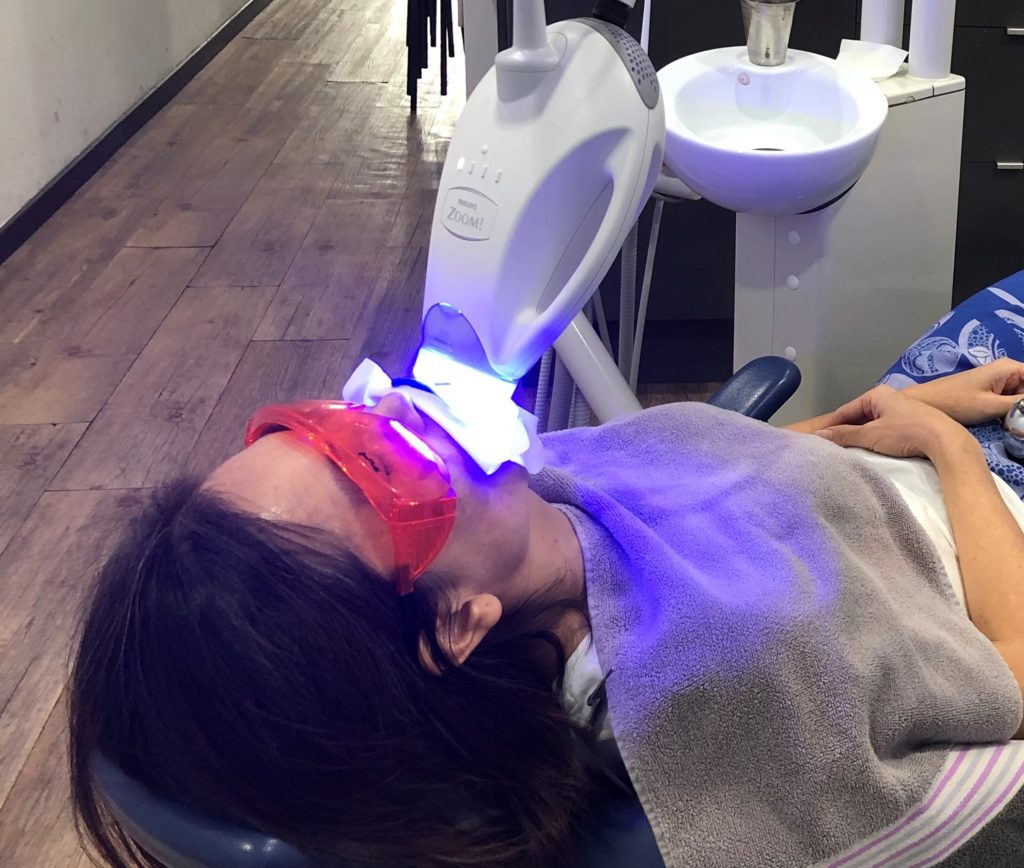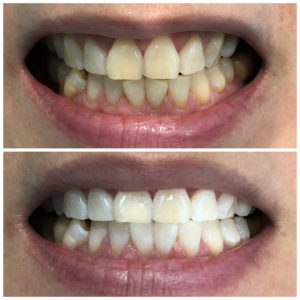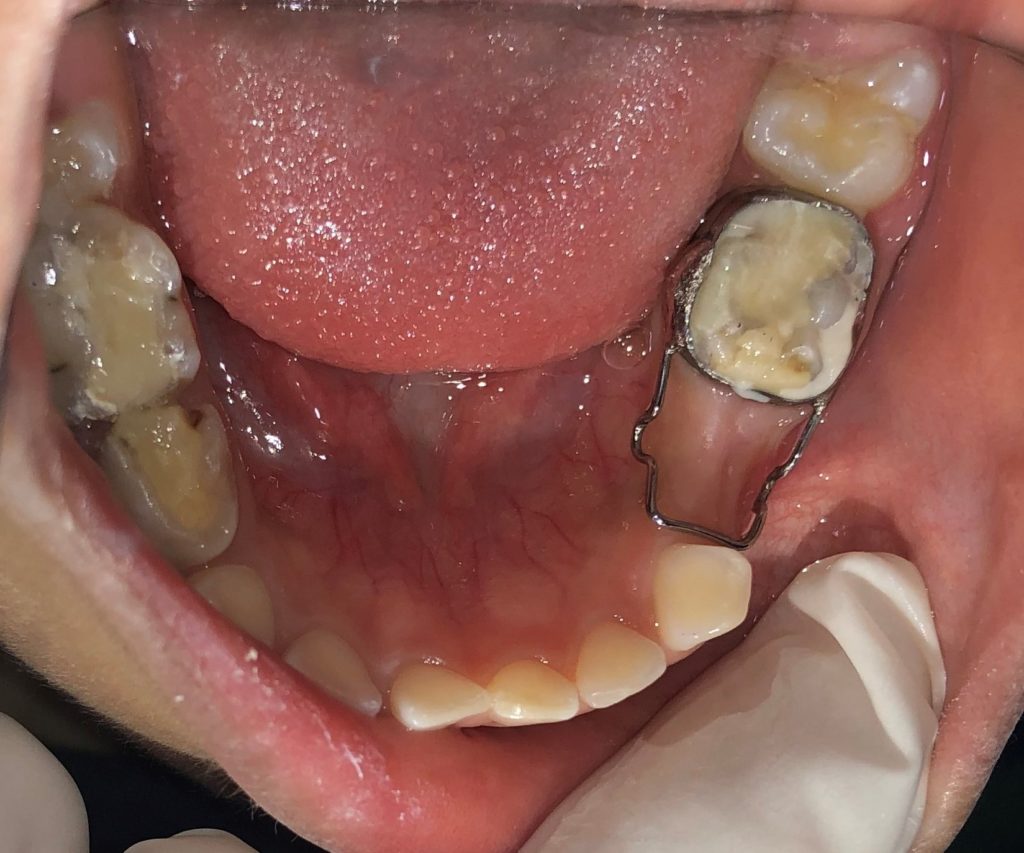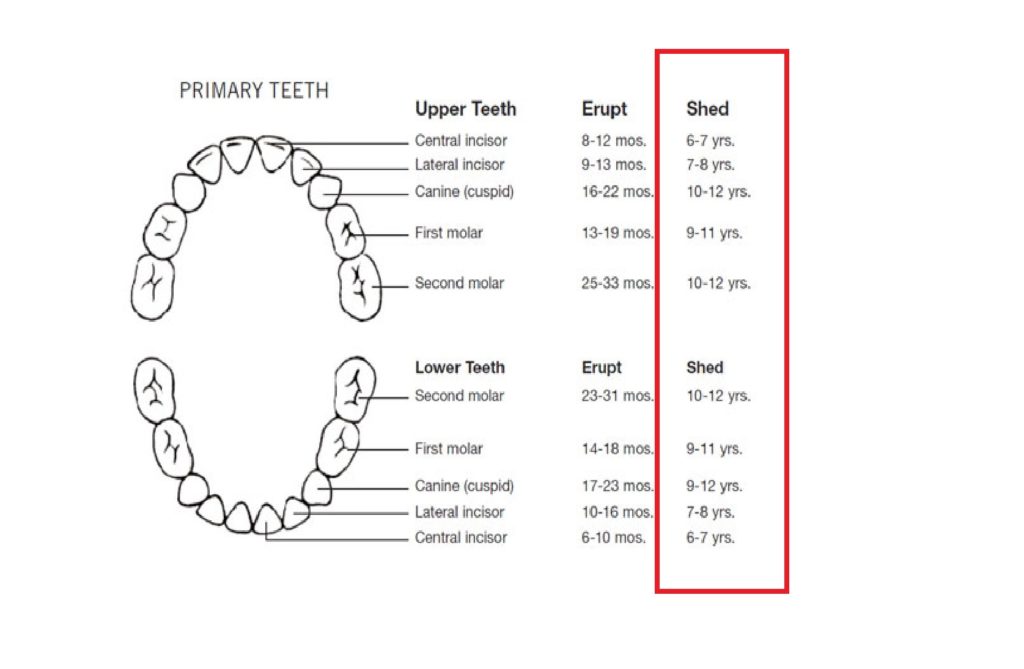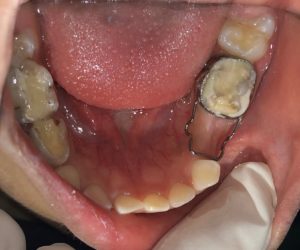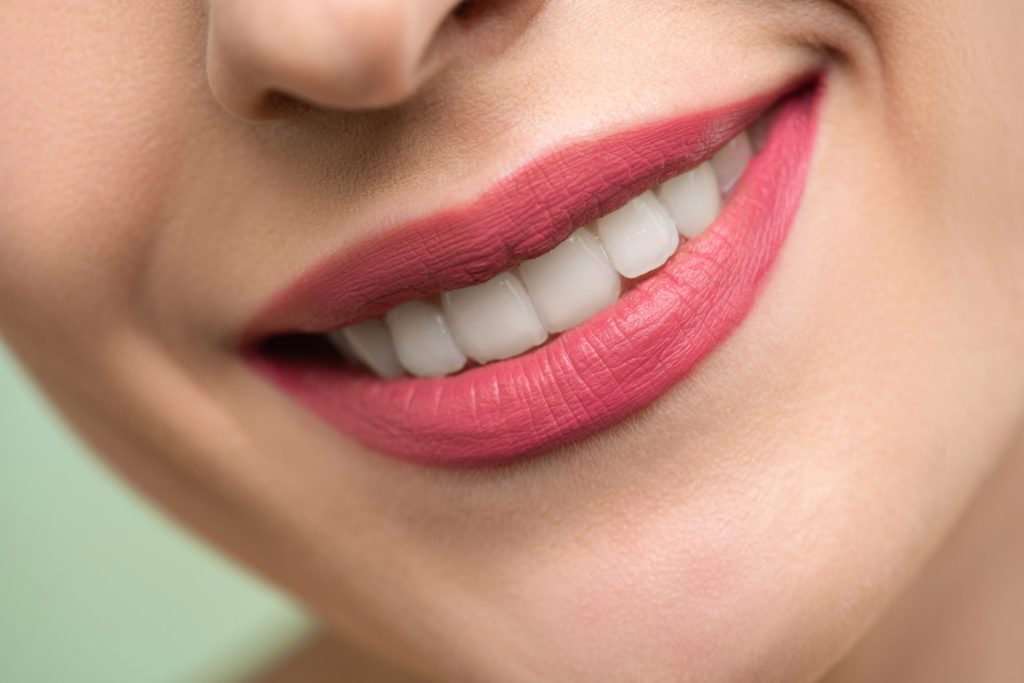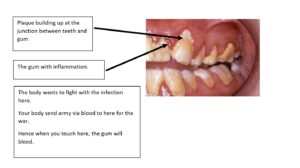What Is Root Canal Treatment?
Overview
Root Canal Treatment is a procedure performed by dentist to treat infection at the centre of the tooth (the root canal of the tooth). It is performed with the objective to eliminate infection from the tooth in order to save the tooth from having to be removed from your mouth.
When Is It Needed?
This procedure is performed when there is infection that involves the pulp (the inside) of the tooth.
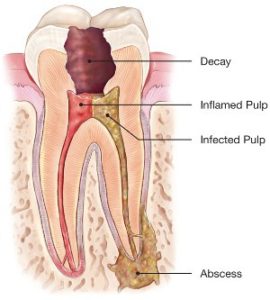
How Do I Know If I Need A Root Canal Treatment?
A tooth has to be carefully investigated and diagnosed by a dentist before performing root canal treatment.
However, if you have the following symptoms, you may need a root canal treatment.
- Throbbing pain
- Lingering pain that does not go away
- A sudden attack of pain even if you are not eating or drinking
- You can’t sleep due to the pain
- Pain becomes worse if you are eating hot food or drink
- Pain is relieved by cold food or drink
- The tooth hurt when you knock at it
- The tooth discolored
- A swelling / bump at the gum that grows and shrink
- A loose tooth
What Option Do I Have If I Do Not Want To Have A Root Canal Treatment?
The other option to treat a tooth that involves infection at root canal is extraction (removal) of the tooth.
Can Antibiotic / Filling Treats It?
No. Antibiotic can’t treat the infection. It will only suppress the infection but it will recur.
A filling doesn’t stop infection from spreading and doesn’t treat a tooth that has root canal infection.
What Should I Do If I Suspect That I Need A Root Canal Treatment?
- Visit a dentist to get the tooth investigated and diagnosed.
- Understand the success rate and long term prognosis
- Consider budget as most of the tooth that had root canal treatment may need a dental crown
- Get a dentist that you are comfortable with to perform the treatment for you


